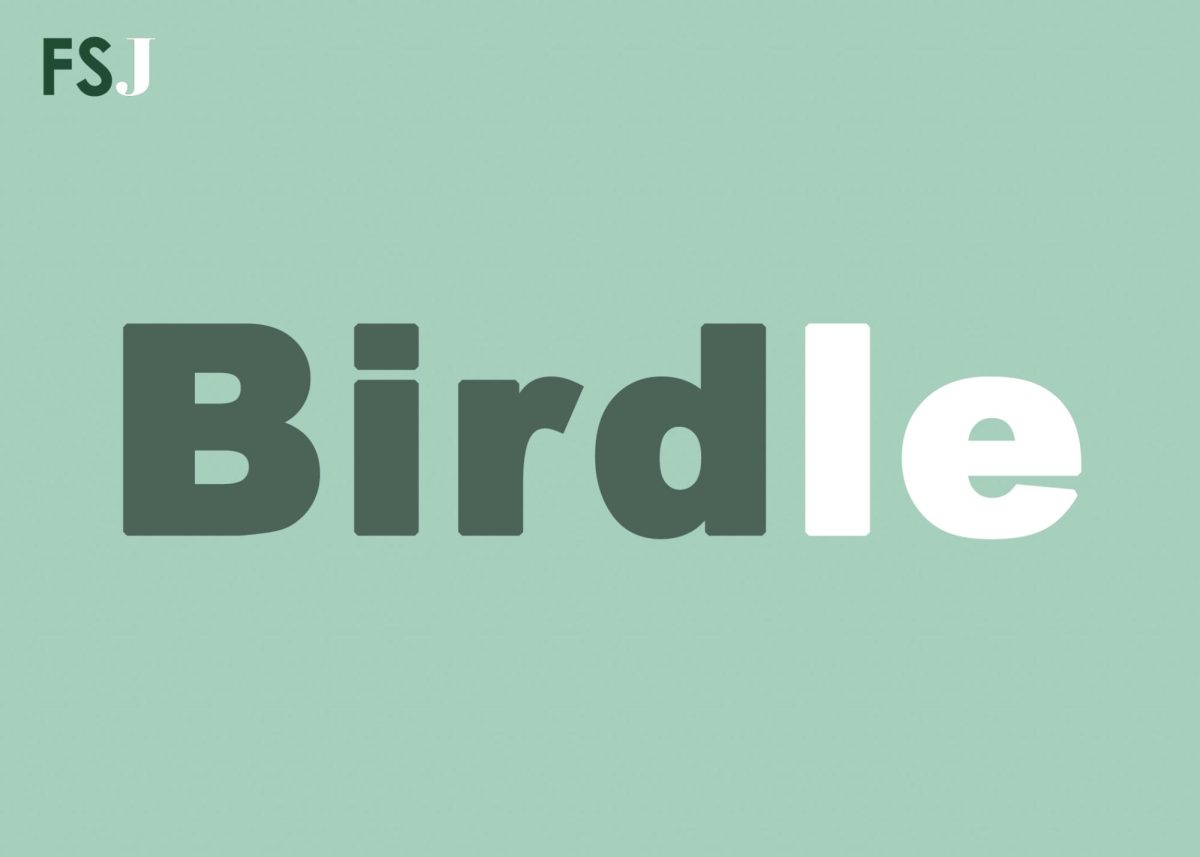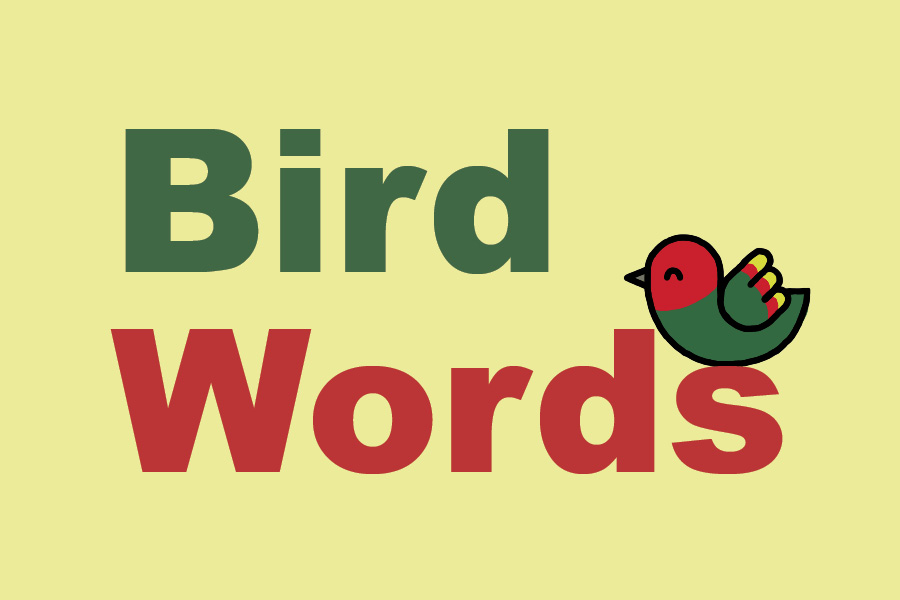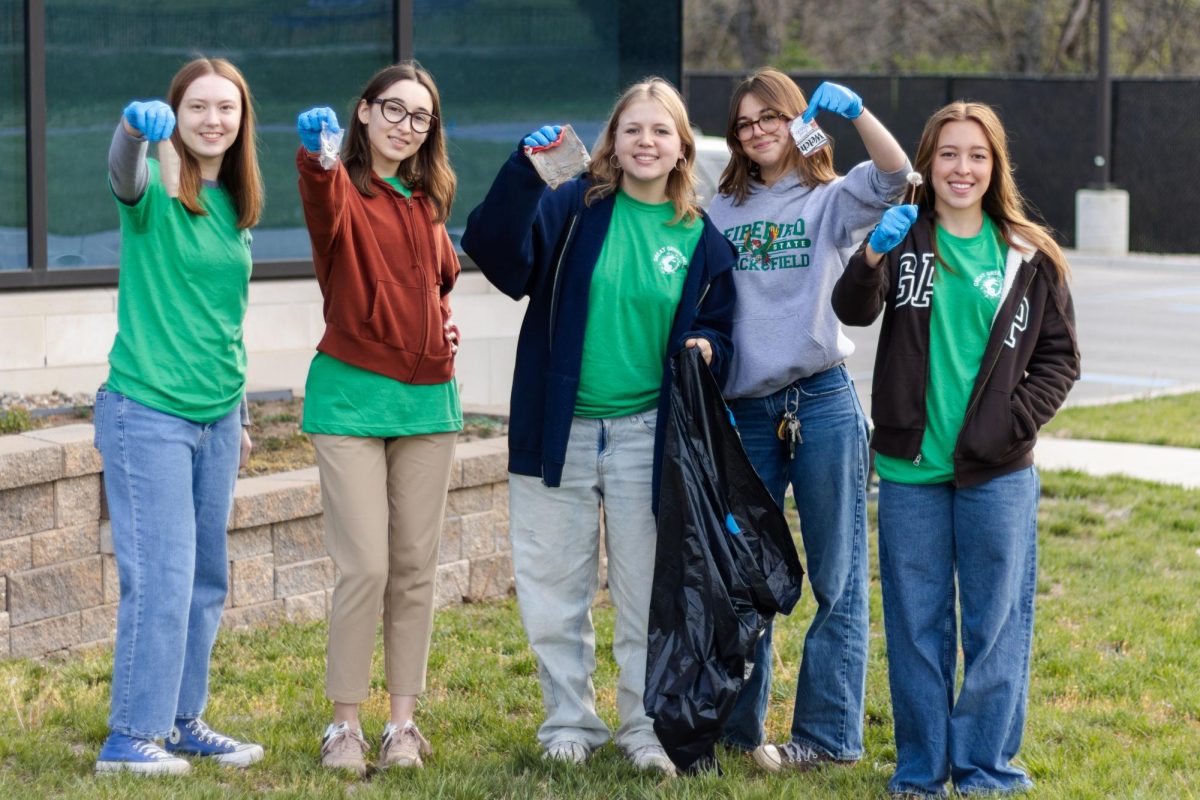NEWS: The Willow Project: What is It, and What can We Do?
The Willow Project creates sweeping concern among young Americans and spurs activism online.
May 17, 2023
Throughout the month of March, students and teachers across the country scrolled through TikTok and Instagram, met with numerous posts addressing concerns about the Willow Project.
The Willow Project is an oil drilling project that was initially proposed in 2020 by the Trump administration – which has now been approved three years later by President Joe Biden.
The approval sparked many questions concerning the ethics of the plan. Nathan Dodson, co-president of KU’s Environs club, acknowledges why the plan may be viewed as necessary, but also feels that it did not align with Biden’s other views on climate.
“There is a push post-COVID for the US to establish a more ‘self-sustaining’ reliance on oil so as to prevent massive economic repercussions,” Dodson said. “This is still a step in the wrong direction, and goes against what the Biden Administration advocated for in their campaign.”
Although the mission of the project is to access Alaska’s abundant oil reserves, the project has multiple non-political subsequent effects that have led to concerns among some Americans.
“With any oil transport system, like with the Alaska pipeline, there’s all kinds of problems such as interrupting the flow of the migration of animals in that area,” environmental science teacher Julie Schwarting said. “It also does mean a lot more carbon will be released into the atmosphere.”
According to the National Resources Defense Council, the Willow Project has the potential to emit 9.2 million metric tons of carbon pollution into the atmosphere, which is equivalent to the amount that would be produced by the use of two million cars.
Carbon emissions are the cause of global warming, which leads to glaciers melting and sea levels rising and ultimately is extremely dangerous for both wildlife and humans alike, according to The National Wildlife Foundation.
With the news about the Willow Project’s effects on wildlife and the atmosphere catching the attention of Gen Z, many students are voicing their opinions about it online.
Petitions are a common resource that many people use to protest an issue virtually or online, which is why social media plays a large role in promoting them.
“Social media influenced a lot of people. Through it, different people online learned about the project and we got 3.2 million people to sign a petition,” freshman Megan Green said.








